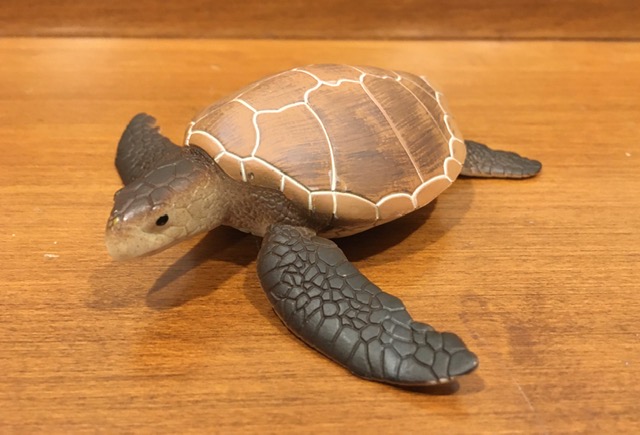
Review and images by Suspsy; edited by bmathison1972
The green sea turtle (Chelonia mydas) is perhaps the most typical of the seven species of sea turtle. Its seemingly incongruous name derives from the colour of the fat beneath its shell.
The 2017 Safari Ltd green sea turtle is sculpted with its head turned to the left, its powerful front flippers spread wide apart, and its hind flippers swept back, which makes it 10.5 cm wide by 10.5 cm long.
Read more
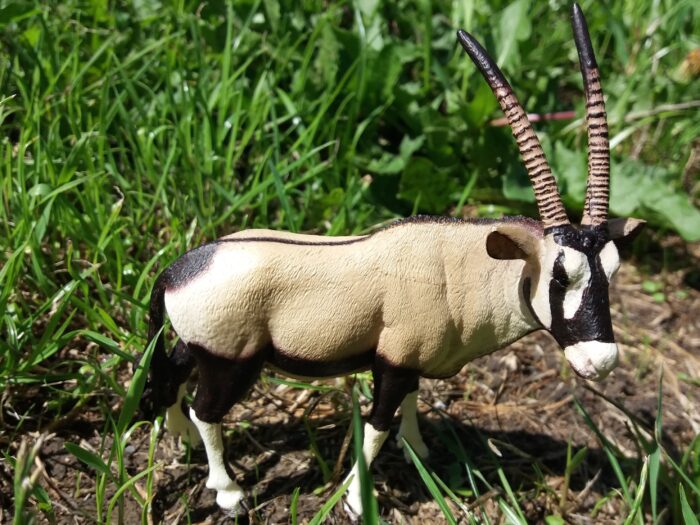
Africa has some of the greatest ranges of mammals in the world, from the massive African elephant to the smaller naked mole rat. The most common are the antelopes, with small species like the dik-dik to the massive eland. This review will look at one of these great ungulates, the oryx.
Read more
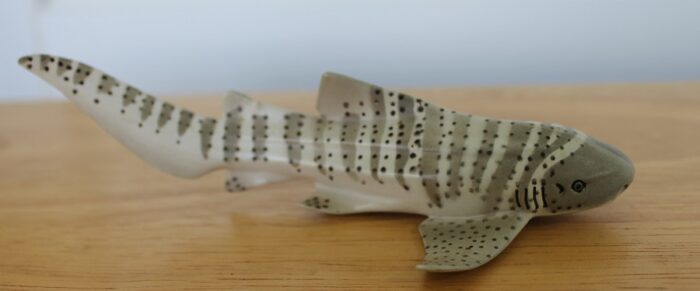
When we think of sharks it is usually species like the great white, tiger, or bull sharks that immediately come to mind. If not those particular species there is at least the generic idea of what a shark looks like and indeed, many species fit that mold. But sharks are an incredibly diverse group of animals that come in all shapes and sizes in order to fit into whatever niche they’re a part of.
Read more
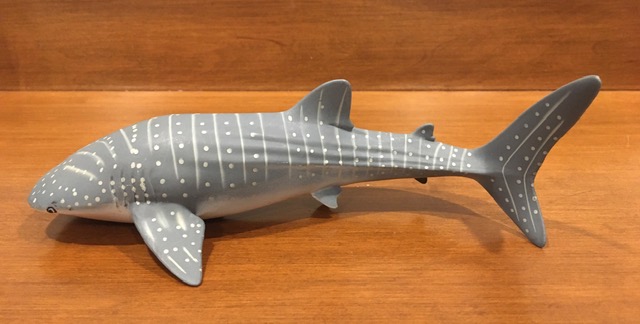
Review and images by Suspsy; edited by bmathison1972
The appropriately named whale shark (Rhincodon typus) is the biggest shark and the biggest fish alive today. The largest recorded specimen was a female with a length of 18.8 metres (62 feet), which is greater than that of many actual whales.
Read more
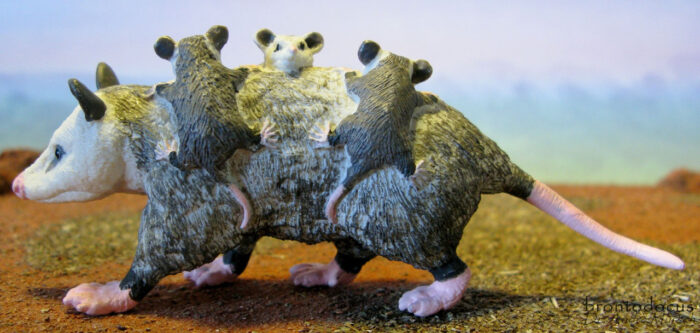
A cute and unique figure (and one of my favourites from the series) is the North American Wildlife collection figure, the Virginia opossum with babies, Didelphis virginiana Gray, 1821. With a total length of 139 mm and a snout-vent length of 96 mm the scale would be approx. 1:4 – 1:5.
Read more
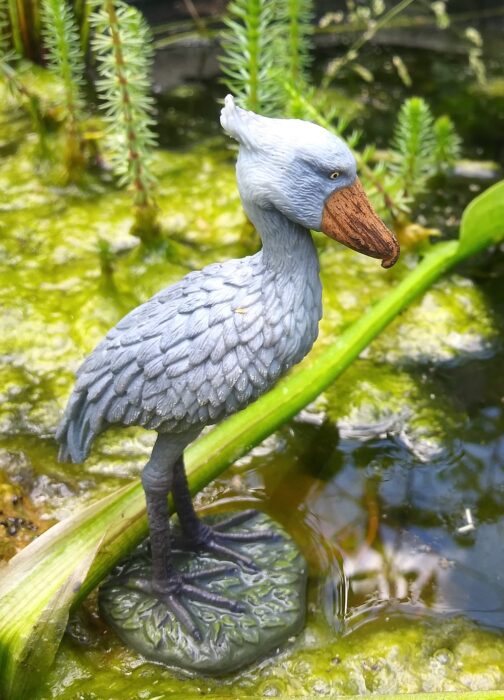
Review and images by Lanthanotus; edited by bmathison1972
After the cassowary, I again want to introduce you to another bird figure, representing a most impressive animal, but nevertheless being mostly ignored by major toy brands. Toy Animal Wiki lists six different figures, five of them are made by Japanese brands and are probably produced from some brittle plastic and not designed to withstand a time as a toy.
Read more

Intraspecific competition has resulted in a variety of species evolving phenomenal anatomical features in order to sort the adults from the juveniles (so to speak). This results in many examples of male creatures being put into toy production, owing to amazing plumage or impressive antlers or horns. This does, however, result in showing the sexual dimorphism of their female counterparts, which do not receive as much attention in figure form.
Read more

Today I am reviewing a set of five figures I bought specifically for just one of the figures it contains. However, since I have the whole set, I might as well review all five for the Blog! Also, this will be our first review of an entire Wild Republic Polybag collection!
Read more
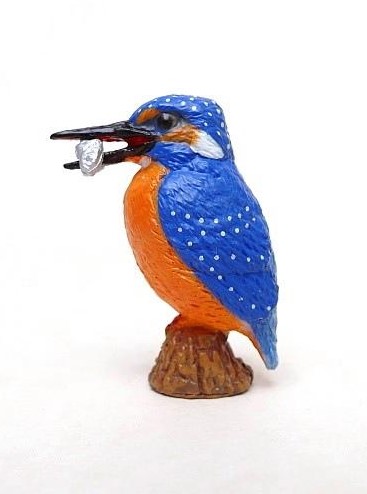
Images by postsaurischian; additional text by bmathison1972
The common kingfisher (Alcedo atthis) is a small bird endemic to much of the Palearctic, from Europe to North Africa, east to Japan, and south to the Malaysian Archipelago. Today we are looking at the 2019 rendition by Papo.
The figure measures 4.3 cm tall, including the stump base.
Read more
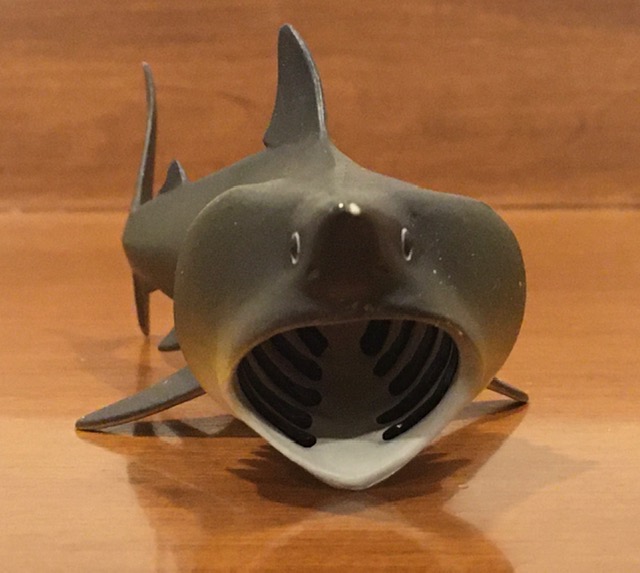
Review and images by Suspsy; edited by bmathison1972
In 1977, the Japanese fishing trawler Zuiyō Maru hauled in a large, reeking, and badly decomposed carcass of what appeared to a plesiosaur, complete with flippers and a long neck. Concerned about spoiling their stock of fish, the crew dumped the remains back into the water after taking photographs and collecting tissue samples.
Read more
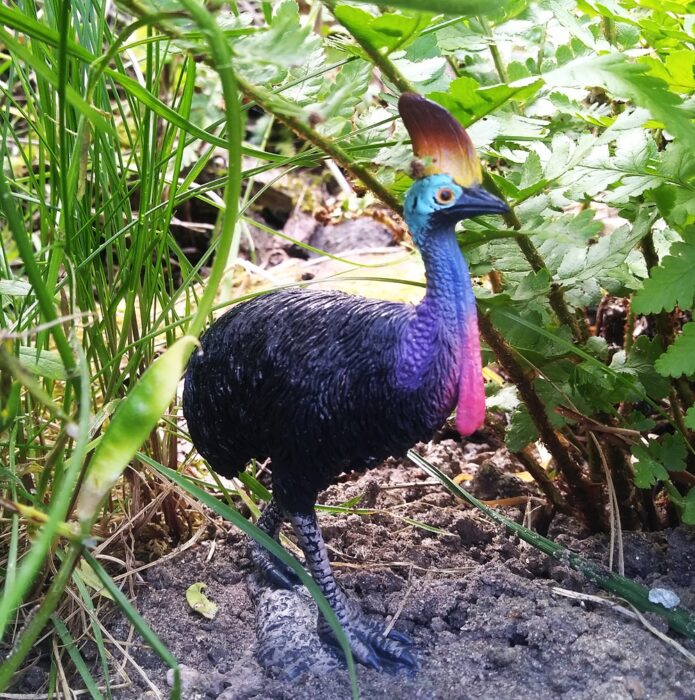
Review and images by Lanthanotus; edited by bmathison1972
Only few species of the once varied and numerous group of ratites remain in our modern world. Amonge these, the cassowaries are a very impressive occurrence, they are the most colorful and the second heaviest. Three species are known, but the one shown here is basically the only known to people other than the most dedicated ornithologists, the southern cassowary, Casuarius casuarius.
Read more
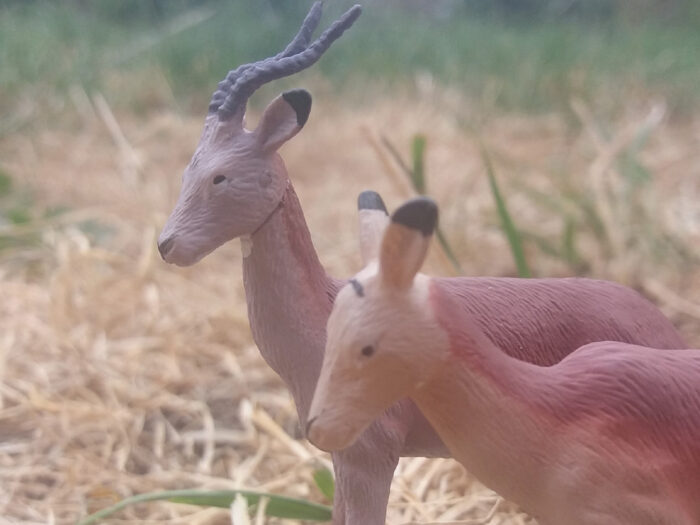
The major force behind the variety of life is the evolutionary arms race between predator and prey. Predators evolve to catch and kill, it’s prey to run or fight back. One of the major groups to have evolved a mix of these ways of prey surviving are antelopes, as they can run quickly, they have horns to fight back.
Read more















